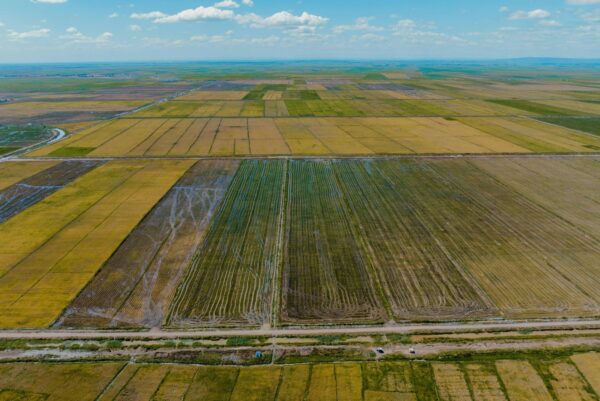MESMER-M: an Earth system model emulator for spatially resolved monthly temperature
Authors
Shruti Nath, Quentin Lejeune, Lea Beusch, Sonia I. Seneviratne, Carl-Friedrich Schleussner

The degree of trust placed in climate model projections is commensurate with how well their uncertainty can be quantified, particularly at timescales relevant to climate policy makers. On inter-annual to decadal timescales, model projection uncertainty due to natural variability dominates at the local level and is imperative to describing near-term and seasonal climate events but difficult to quantify owing to the computational constraints of producing large ensembles.
To this extent, emulators are valuable tools for approximating climate model runs, allowing for the exploration of the uncertainty space surrounding selected climate variables at a substantially reduced computational cost. Most emulators, however, operate at annual to seasonal timescales, leaving out monthly information that may be essential to assessing climate impacts.
This study extends the framework of an existing spatially resolved, annual-scale Earth system model (ESM) emulator (MESMER, Beusch et al., 2020) by a monthly downscaling module (MESMER-M), thus providing local monthly temperatures from local yearly temperatures. We first linearly represent the mean response of the monthly temperature cycle to yearly temperatures using a simple harmonic model, thus maintaining month-to-month correlations and capturing changes in intra-annual variability.
We then construct a month-specific local variability module which generates spatio-temporally correlated residuals with yearly temperature- and month-dependent skewness incorporated within. The emulator's ability to capture the yearly temperature-induced monthly temperature response and its surrounding uncertainty due to natural variability is demonstrated for 38 different ESMs from the sixth phase of the Coupled Model Intercomparison Project (CMIP6). The emulator is furthermore benchmarked using a simple gradient-boosting-regressor-based model trained on biophysical information.
We find that while regional-scale, biophysical feedbacks may induce non-uniformities in the yearly to monthly temperature downscaling relationship, statistical emulation of regional effects shows comparable skill to the more physically informed approach.
Thus, MESMER-M is able to statistically generate ESM-like, large initial-condition ensembles of spatially explicit monthly temperature fields, providing monthly temperature probability distributions which are of critical value to impact assessments.











